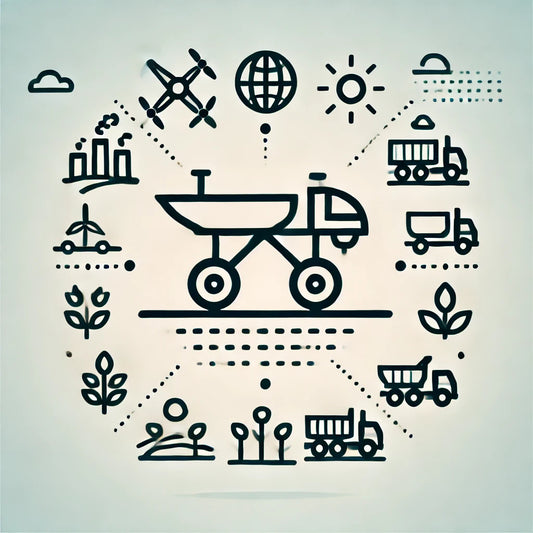-
DESCRIPTION
-
TABLE OF CONTENTS
-
SAMPLE PAGE
-
SAMPLE DOSSIER
Building automation, facilitated by integrating the Internet of Things (IoT) and Artificial Intelligence (AI) technologies, has emerged as a pivotal area of research and implementation in modern infrastructure development.
The intersection of these two domains has significantly transformed how buildings are operated, managed, and experienced. In this context, deploying IoT and AI in building automation systems promises enhanced energy efficiency, improved occupant comfort, and streamlined operational processes. This report aims to comprehensively analyze the current state, trends, and potential future trajectories of IoT and AI-based building automation platforms.
By delving into the evolution of these technologies, exploring their applications, and addressing pertinent challenges, this report seeks to offer valuable insights into the dynamic landscape of smart building technologies and their implications for the future of urban infrastructure.
The synthesis of scholarly research and practical industry perspectives is a foundation for understanding the significance and implications of these cutting-edge advancements in building automation. Through a nuanced examination of the current landscape, this report elucidates the key drivers, challenges, and potential avenues for further research and innovation in this vital area of technology integration.
Table of Content
Chapter I. Introduction 5
A. Background and Significance of IoT and AI in Building Automation 6
B. Purpose and Scope of the Report 7
Chapter II. Evolution of Building Automation 8
A. Historical Overview of Building Automation Systems 8
B. Emergence and Integration of IoT and AI Technologies 9
Chapter III. IoT in Building Automation 10
A. Definition and Components of IoT in the Context of Building Automation 10
B. Applications and Benefits of IoT in Building Automation 11
C. Challenges and Considerations for Implementing IoT in Buildings 12
Chapter IV. AI in Building Automation 14
A. Introduction to AI and Its Relevance in Building Automation 14
B. Machine Learning Techniques and Algorithms for Intelligent Automation 15
C. Role of AI in Data Analytics, Predictive Maintenance, and Optimization 16
Chapter V. Connectivity and Interoperability 17
A. Integration of Diverse IoT Devices and Systems in Building Automation 17
B. Standardization Efforts and Protocols for Seamless Connectivity 18
C. Interoperability Challenges and Solutions for Heterogeneous Environments 19
Chapter VI. Data Analytics and Decision-Making 20
A. Importance of Data Analytics in Building Automation Platforms 20
B. AI-Driven Analytics for Extracting Insights and Patterns from Building Data 21
C. Real-Time Decision-Making and Optimization Based on Analytics Outputs 22
Chapter VII. Adaptive Building Systems 23
A. Sensor Technologies Enabling Real-Time Environmental Monitoring 23
B. AI-Driven Adaptive Control for Optimizing Energy Consumption and Comfort 24
C. Personalization and Customization of Building Automation Systems 26
Chapter VIII. Security and Privacy Considerations 27
A. Cybersecurity Challenges and Vulnerabilities in IoT-Based Building Automation 27
B. AI-enabled security Solutions for Threat Detection and Prevention 28
C. Privacy Concerns and Data Protection Measures for Building Occupants 29
Chapter IX. Integration with Smart Cities 30
A. Synergies between Building Automation and Smart City Initiatives 30
B. Data Exchange and Collaboration for Resource Optimization and Sustainability 32
C. Policy Implications and Urban Planning Considerations 33
Chapter X. Future Directions and Challenges 34
A. Emerging Trends and Innovations in IoT and AI for Building Automation 35
B. Opportunities for Research and Development in the Field 36
C. Ethical, Social, and Economic Implications of Advanced Building Automation 37
Chapter XI. Conclusion 38
A. Summary of Key Findings and Insights 40
B. Recommendations for Stakeholders in the Building Automation Domain 41
C. Final Thoughts on the Future Prospects of IoT and AI-Based Building Automation Platforms 42
Notes and Resources 45





